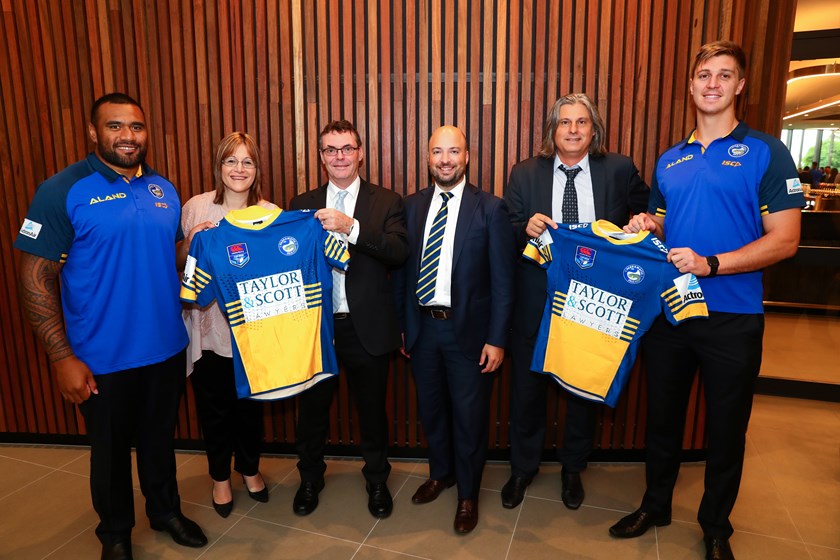
You’re about to participate in a recreational activity, perhaps the excitement is building, but before you can begin you’re being asked to sign a document with the phrase ‘in case of injury or death’ – talk about a buzzkill! Seeing the word ‘death’ in any context can be alarming, let alone before you embark on a potentially risky activity.
When a liability waiver comes your way, you really only have two choices: don’t sign and bring the day of horse riding, surf lessons, or other activity to an abrupt end; or sign the liability waiver.
When you sign on the dotted line of a liability waiver it may seem like you’re signing your life away, but what are you really giving up? Your right to safety? Your right to compensation? We take a look at just what a liability waiver means in the eyes of the law.
What is a Liability Waiver?
A liability waiver is a legal document commonly used for any organised activities that could be considered risky. Participants who sign a liability waiver formally acknowledge the inherent risks involved in the activity. Activities may include club sport such as weekend soccer or recreational activities like whitewater rafting, rock climbing and sailing.
A liability waiver is essentially a contract between the participant and activity organiser. By signing the waiver a participant agrees to release the organiser from liability if they sustain an injury whilst taking part in the activity. The purpose of a liability waiver is to minimise the legal liability of the organisation responsible for the activity.
How Does a Liability Waiver Minimise Liability?
Under Australian Consumer Law, a service provider can limit or exclude their liability for accidental death or physical injury resulting from sporting activities and other recreational activities that involve significant risk.
Civil liability laws differ across states and territories, but also generally allow a recreational service provider to use a contract such as a liability waiver to absolve liability for physical injury or death which results from an obvious risk.
Obvious Risk
Obvious risk becomes an important point in most civil liability legislation regarding recreational activities and compensation. An obvious risk is something that a reasonable person would have been aware of.
For example, whitewater rafting involves significant jolting and jerking movements as the raft moves down the rapids. A shoulder or neck injury as a result of this movement is an obvious and inherent risk of the activity. It makes sense that a service provider shouldn’t be held accountable for injuries like this that occur during an inherent risky activity that a participant has willingly taken part in.
Does a Liability Waiver Remove all Liability?
While service providers have every right to protect themselves from liability, a signed liability waiver does not mean they are always exempt. There are legal provisions that protect a consumer even if they have signed a liability waiver. The individual circumstances surrounding each case should always be considered, however common reasons for a liability waiver to be set aside include:
Negligence / Misconduct
Where a service provider is guilty of negligence or misconduct and the injury is a direct result of that negligence or misconduct, the liability waiver may be set aside and the injured participant can pursue compensation.
Negligence occurs when the service provider has failed in their duty of care. For example, if a service provider fails to properly maintain safety equipment and an injury occurs as a result of faulty equipment such as a broken seat belt or life jacket. Misconduct is also grounds for the dismissal of a liability waiver, for example a service provider who exceeds speed limits in a vehicle or knowingly engages in a dangerous activity that puts participants at greater risk than the inherent risks of the recreational activity itself.
Poorly Written Liability Waiver
A liability waiver must be correctly drafted in order to minimise liability. The language used in the liability waiver must be clear and unambiguous. It must clearly specify the intent, that is to release the provider from liability, and the signer should be aware they are indeed signing a liability waiver.
Unequal Bargaining Power
Where one party clearly has a dominant position over another party a liability waiver will not be enforced. For example a coach and player or employer and employee relationship. In each case one party is in a position of power over the other and a liability waiver signed in this situation is considered unfair.
Inherent Risks
In some states a liability waiver must list the inherent risks of the activity and failure to do so could mean a participant is eligible for compensation.
Have You Signed a Liability Waiver?
Most of us will sign a liability waiver without a second thought, but if you’ve been injured while participating in a recreational activity you’re probably revisiting the terms of that waiver. It’s important to seek legal advice, regardless of a liability waiver.
An experienced compensation lawyer can advise if the liability waiver is applicable and what you may be entitled to. It’s alway worth investigating as you could be eligible for valuable compensation which could cover expensive medical expenses and loss of income.
Contact Taylor & Scott Lawyers on 1800 600 664 or fill out the online contact form for more information on how we can help you, even when you’ve signed a liability waiver.
At Taylor & Scott “We Care For You”.




